Категории
- иридология (226)
- Чтение глаз (24)
- QR-программное обеспечение (15)
- Блог (250)
- Иллюстрация иридологии (35)
- онлайн-курс иридологии (54)
- иридология (59)
- Выставка (2)
- Новости (411)
In this comprehensive guide, we’ll explore the fascinating journey of eye reading technology—from traditional iridology cameras to advanced digital software—and examine how these tools are being used in various health and wellness applications. Whether you’re a healthcare practitioner looking to enhance your diagnostic capabilities or simply curious about what your eyes might reveal about your health, this article will illuminate the world of modern eye analysis.

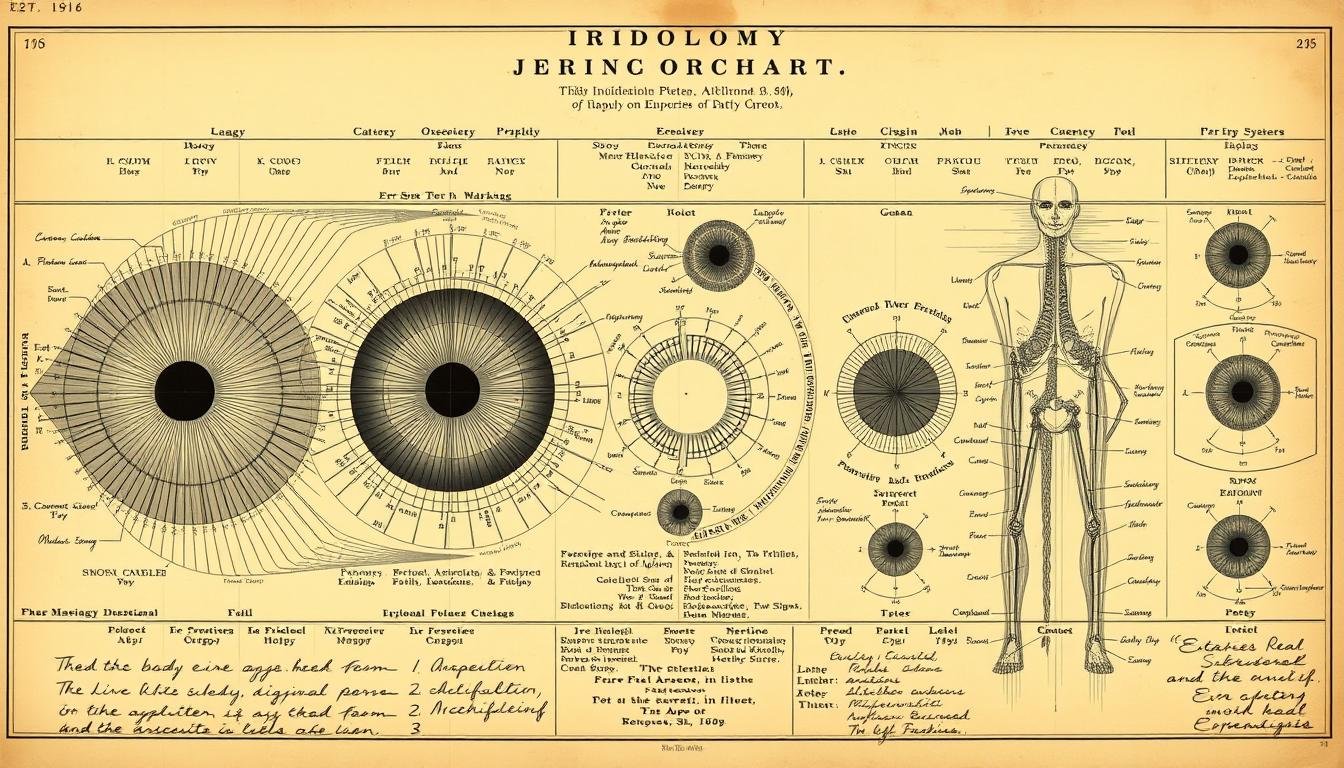
Early iridology chart illustrating the connection between iris markings and body systems
The practice of analyzing the iris for health insights dates back to ancient civilizations. However, it wasn’t until the 19th century that iridology began to take shape as a formalized system. Hungarian physician Ignatz von Peczely is often credited with developing the first иридологическая карта in 1861, mapping correlations between specific iris markings and various organs and systems in the body.
Early practitioners relied on simple magnifying glasses and natural light to examine the iris. By the early 20th century, the first specialized tools for eye reading emerged—basic cameras with magnification capabilities that allowed practitioners to photograph the iris for more detailed study. These analog devices marked the beginning of technological advancement in the field of iridology.
As technology progressed through the 20th century, so did the tools available to iridologists. The introduction of specialized lighting, better optical lenses, and eventually digital photography in the 1990s revolutionized how practitioners could capture and analyze iris images. This technological evolution set the stage for today’s sophisticated eye reading systems.
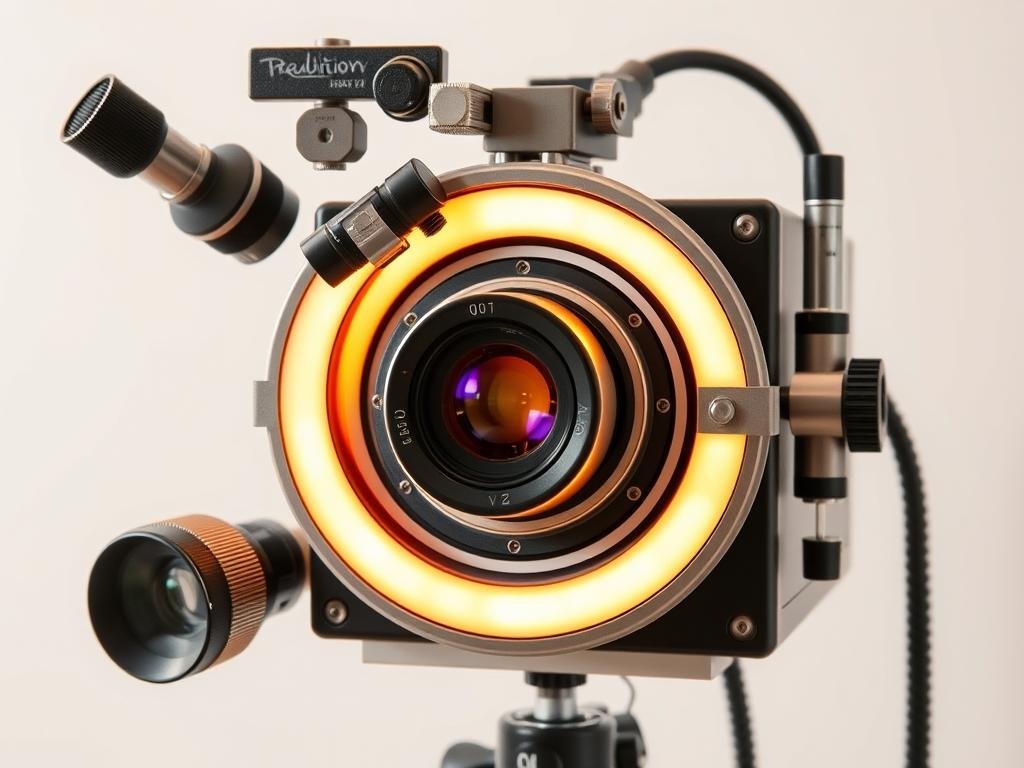
The first dedicated iridology cameras were essentially modified photography equipment with specialized lighting and magnification capabilities. These analog devices typically featured:
Early digital iridology cameras emerged in the late 1990s, offering immediate image capture and basic digital storage. These transitional devices eliminated the need for film development but still required manual analysis by trained practitioners who would compare iris photographs to reference charts.
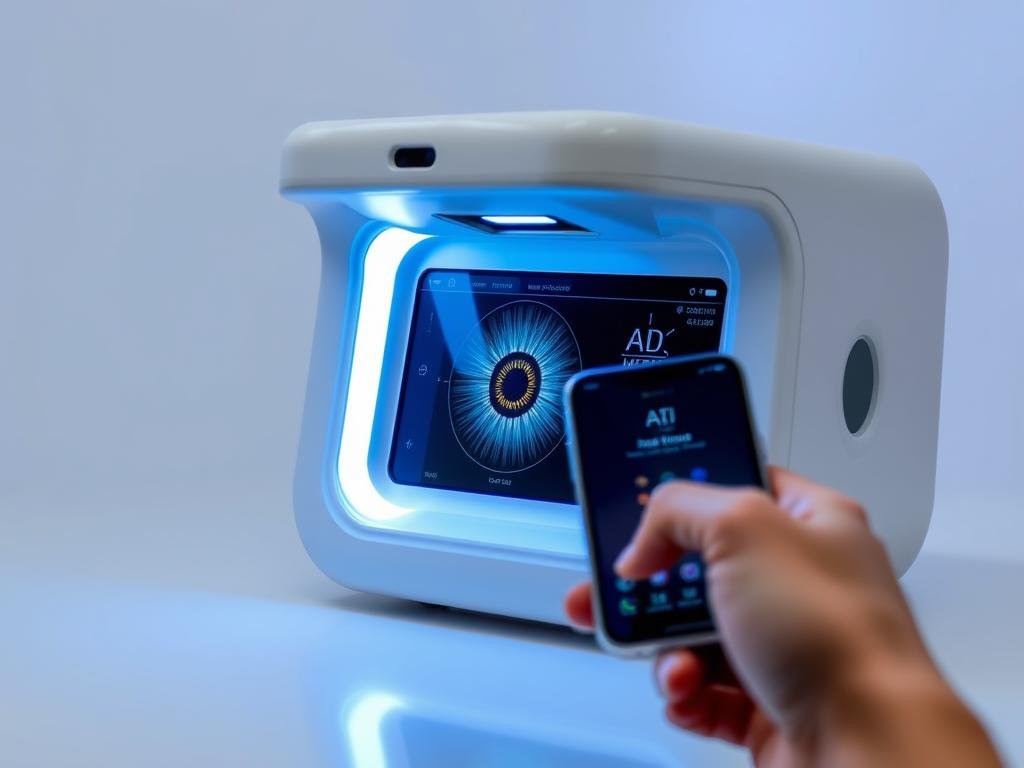
Today’s digital iris scanners represent a quantum leap in eye reading technology. These sophisticated devices combine high-resolution imaging with advanced software analysis, offering unprecedented detail and consistency. Modern features include:
Discover how modern digital iris scanners can transform your health assessment capabilities with precise, detailed iris imaging and analysis.
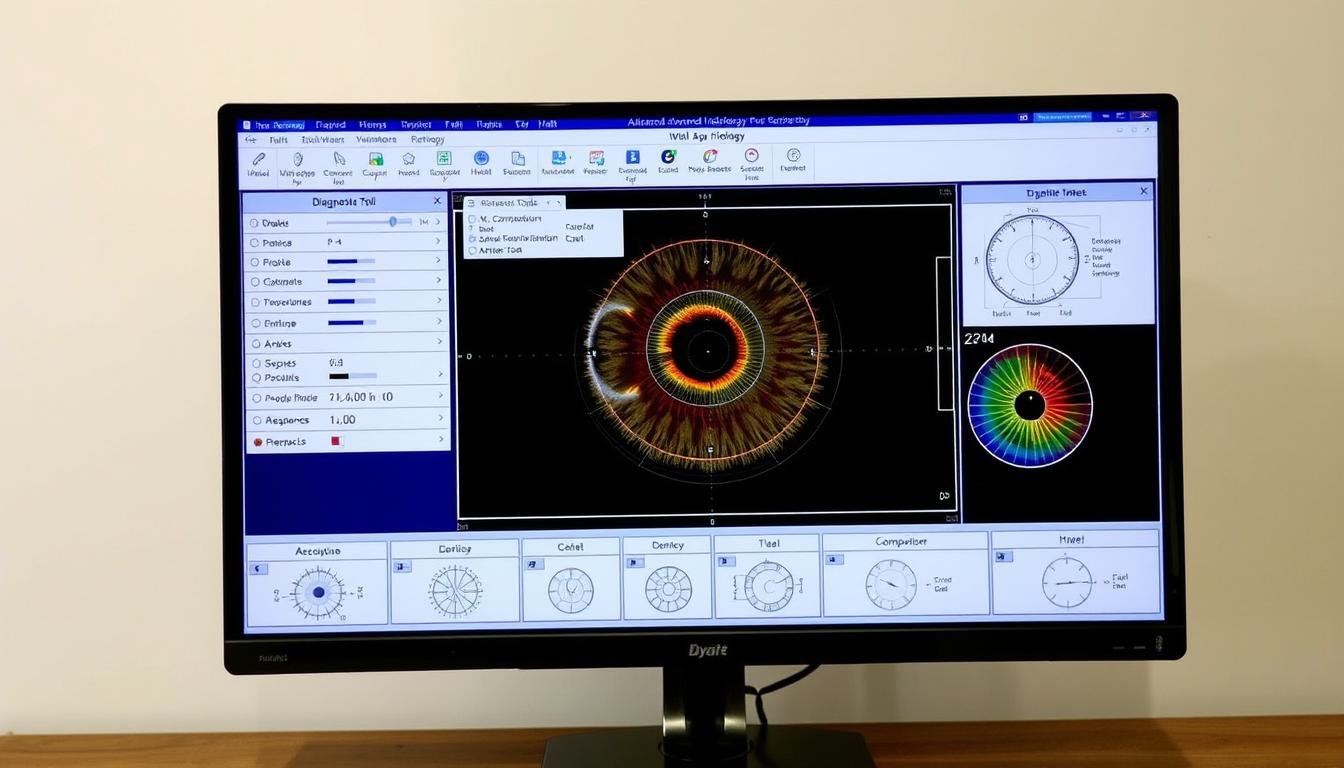
The software component of eye reading technology has evolved dramatically, transforming how iris images are analyzed and interpreted. Modern iridology software offers:
Cloud-based platforms have further revolutionized the field, allowing practitioners to access sophisticated analysis tools without expensive hardware investments. These platforms often incorporate machine learning algorithms that continuously improve their analysis capabilities based on accumulated data.
| Особенность | Traditional Analog Tools | Modern Digital Systems |
| Разрешение изображения | Limited by film quality and lens capabilities | High-definition (20+ megapixels) with digital enhancement |
| Analysis Method | Manual comparison to charts by practitioner | Automated software analysis with AI assistance |
| Record Keeping | Physical photographs with manual notes | Digital storage with automated comparison capabilities |
| Consistency | Variable based on lighting and practitioner skill | Standardized imaging and analysis protocols |
| Cost | $500-2,000 for basic equipment | $2,000-10,000+ for advanced systems |
| Accessibility | Requires specialized training and equipment | More user-friendly with guided protocols |
| Integration | Standalone system | Can integrate with other health assessment tools |
Digital systems offer significantly higher resolution imaging and standardized analysis protocols, reducing the variability inherent in manual assessment. Advanced software can detect subtle patterns and changes that might be missed by the human eye.
Automated analysis dramatically reduces the time required per assessment, allowing practitioners to serve more clients. Digital records enable easy tracking of changes over time and seamless sharing between practitioners when needed.
Digital systems excel at organizing and retrieving client information, making it easier to track progress and identify patterns across multiple sessions. Cloud-based platforms ensure data is securely backed up and accessible from multiple locations.
Modern digital tools often include visual interfaces that allow clients to see and understand their iris analysis, increasing engagement and compliance with health recommendations. High-quality visuals and professional reports enhance credibility.

While conventional medicine doesn’t typically employ iridology as a primary diagnostic tool, some integrative healthcare practitioners use eye reading technology as part of their comprehensive assessment approach. Applications include:
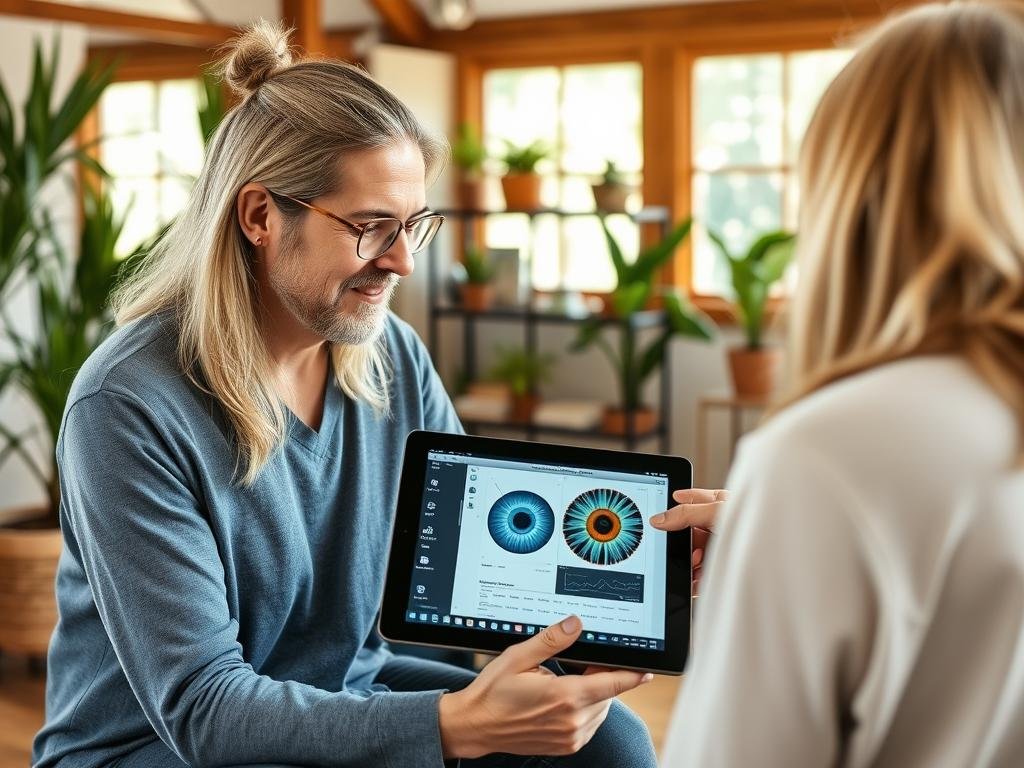
Holistic practitioners often integrate eye reading technology into their practice as a non-invasive assessment tool. Common applications include:
The accessibility of consumer-grade eye reading tools has expanded the use of this technology for personal wellness monitoring. Individuals are using these tools for:
Explore your own health patterns with consumer-friendly eye reading technology designed for home use.
The scientific community remains divided on the validity of iridology as a diagnostic tool. A 2015 systematic review published in the Journal of Alternative and Complementary Medicine found insufficient evidence to support iridology as a reliable diagnostic method. However, proponents argue that modern digital tools have significantly improved the precision and consistency of iris analysis, potentially addressing some of the methodological concerns raised in earlier studies.
“While the scientific validation of iridology remains a work in progress, the technological advancements in eye reading tools have undoubtedly improved the quality and consistency of iris analysis, opening new avenues for research and potential applications.”
It’s important to note that most practitioners who use eye reading technology today view it as a complementary assessment tool rather than a standalone diagnostic method. When used alongside conventional medical approaches, these tools may provide additional insights into overall health patterns and tendencies.
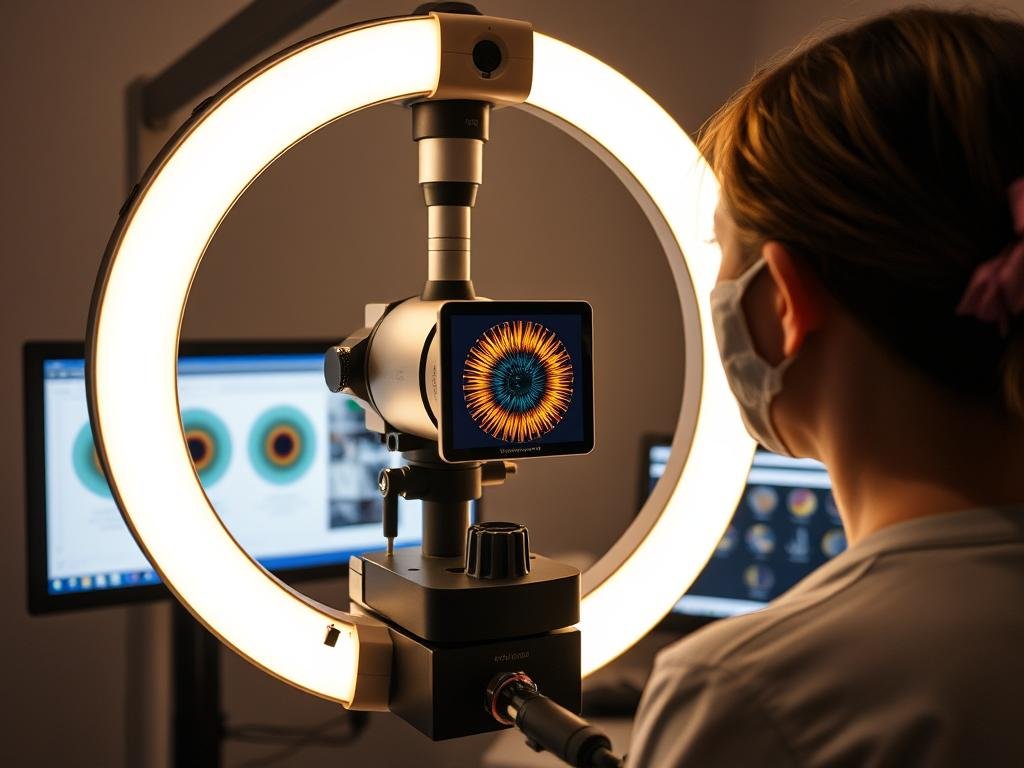
The Iridocam Pro represents the cutting edge of professional-grade iris imaging technology. This comprehensive system combines hardware and software components designed specifically for healthcare practitioners and serious iridology specialists.
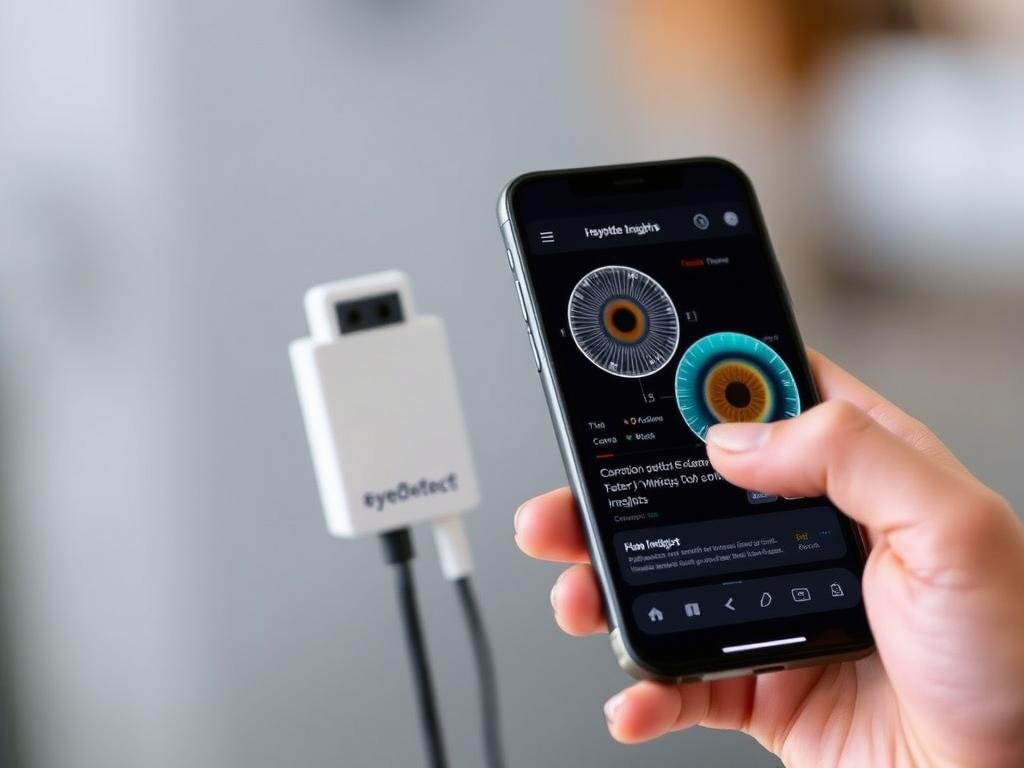
EyeDetect has revolutionized the accessibility of iris analysis with its portable, smartphone-compatible scanner. This consumer-friendly device brings professional-quality iris imaging to a broader audience, including health-conscious individuals and practitioners who need mobility.
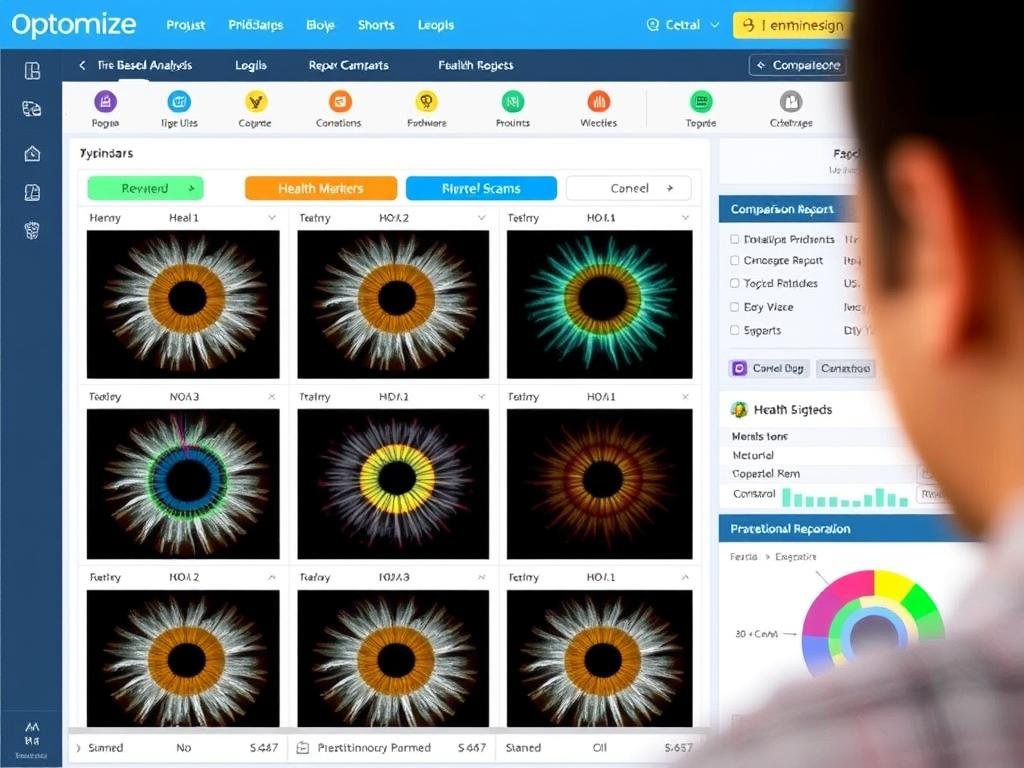
Optomize stands out as a leading cloud-based iridology software platform that works with images from various capture devices. This software-as-a-service solution offers sophisticated analysis capabilities without requiring investment in proprietary hardware.
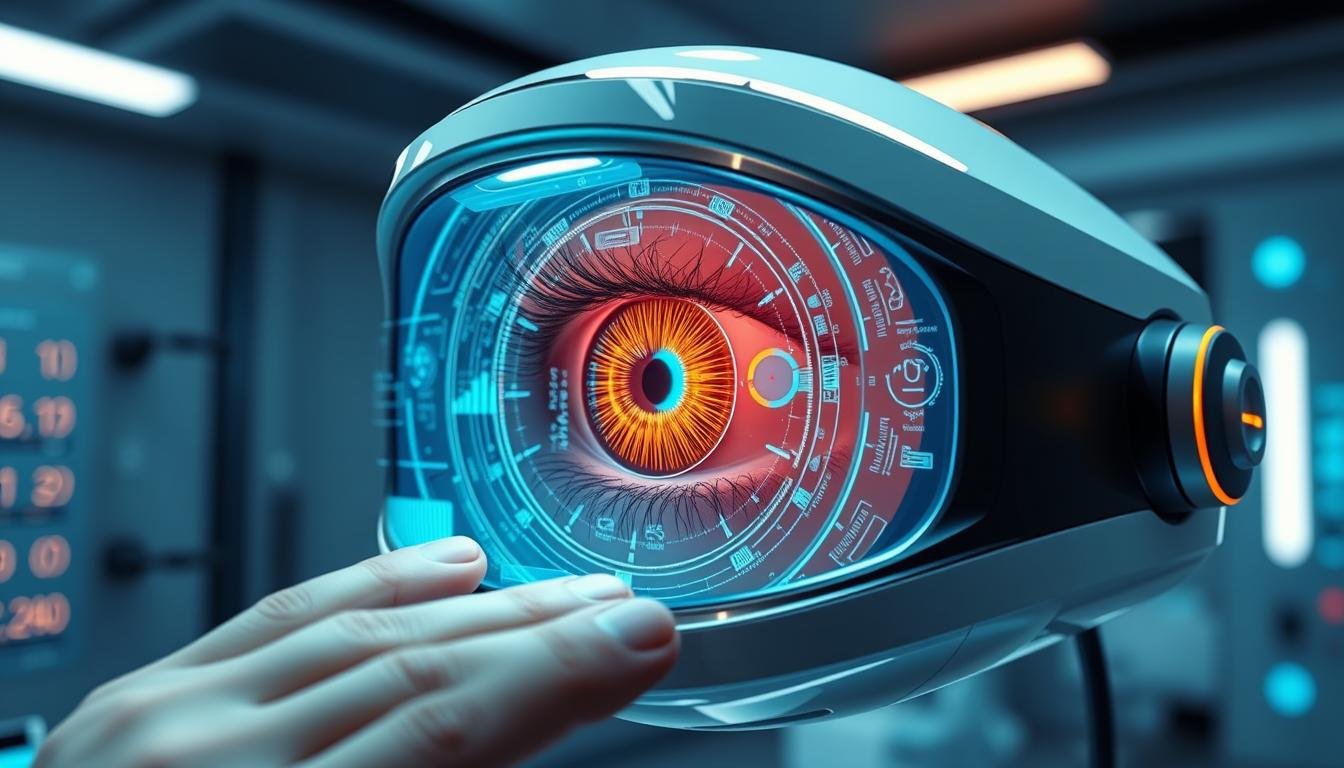
The field of eye reading technology continues to evolve rapidly, with several exciting developments on the horizon. Here are some of the key trends shaping the future of this technology:
Artificial intelligence is revolutionizing iris analysis by identifying patterns and correlations that might not be apparent to human practitioners. Future systems will likely incorporate:
The integration of eye reading technology with telemedicine platforms is creating new possibilities for remote health assessment:
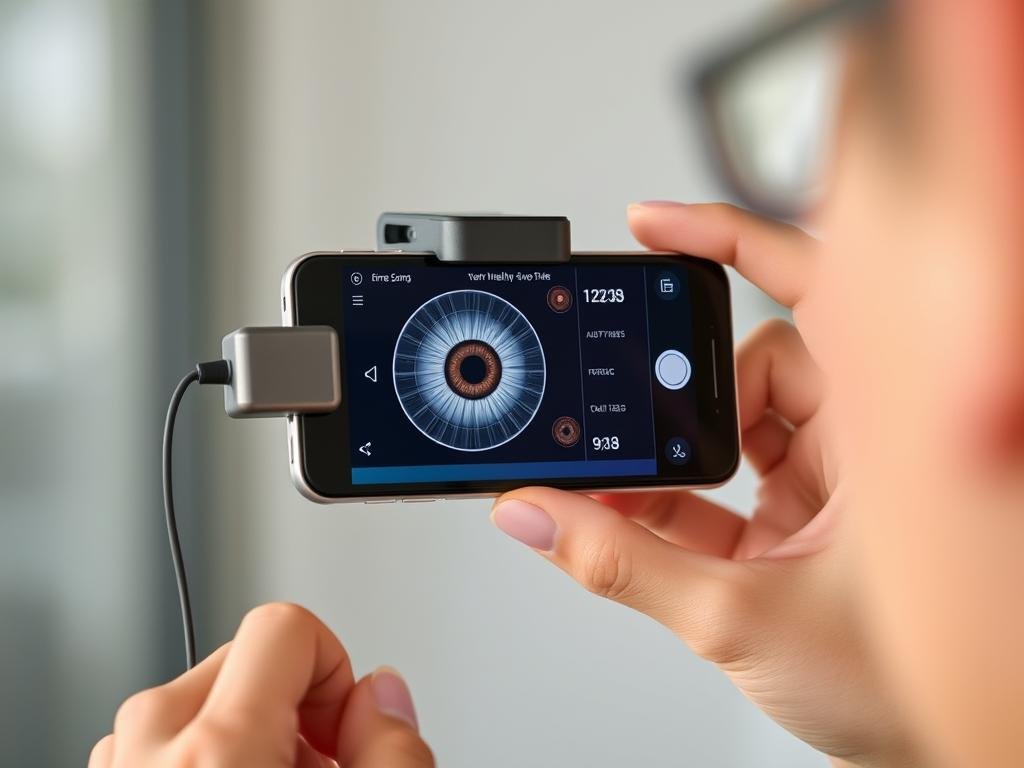
Consumer technology is becoming increasingly capable of sophisticated iris analysis:
As technology improves, so does the potential for scientific validation of iris analysis:
The evolution of eye reading tools and technology represents a fascinating intersection of ancient wisdom and cutting-edge innovation. From simple magnifying glasses to AI-powered digital analysis systems, these tools continue to expand our understanding of what the eyes may reveal about our health.
While scientific debate about iridology continues, the technological advancements in this field have undeniably improved the quality, consistency, and accessibility of iris analysis. Whether used by healthcare practitioners as a complementary assessment tool or by individuals interested in exploring their own health patterns, modern eye reading technology offers new perspectives on holistic health monitoring.
As with any health-related technology, it’s important to approach eye reading tools with a balanced perspective—appreciating their potential benefits while understanding their limitations. When used as part of a comprehensive approach to health and wellness, these tools may provide valuable insights that complement conventional medical care.
Discover how modern eye reading tools can enhance your health assessment capabilities and provide new insights for your clients.
ПРОГРАММНОЕ ОБЕСПЕЧЕНИЕ MAIKONG IRIDOLOGY Установка и эксплуатация
